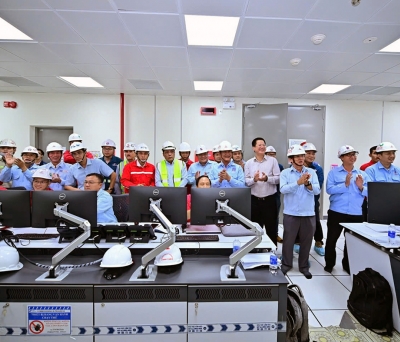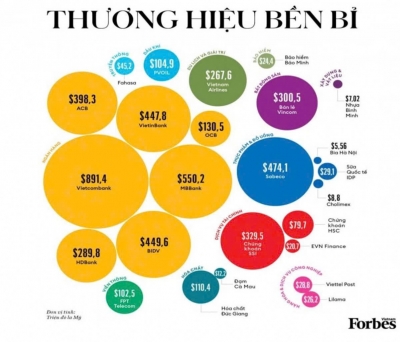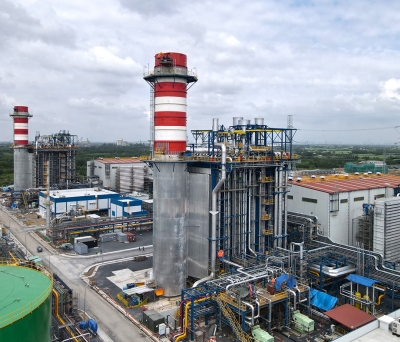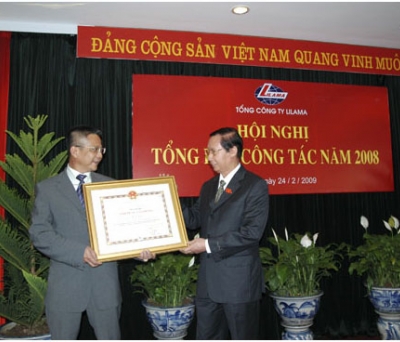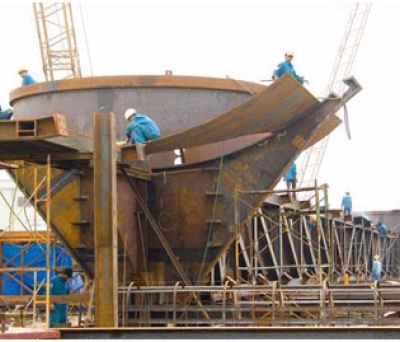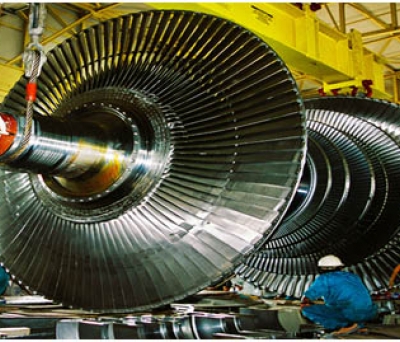Searching “core” products for manufacturing industrial branch: Instalment 1 - chief birds broke wings
After 30 years of renovation, our industry - construction have achieved an impressive growth rate (16%/year), but mainly based on mineral exploitation, using lots of resources and disregarding processing industry, manufacturing branch which have high added value, stableness and long-term. The gowth rate of processing and manufacturing fields only achieve 1,6% annualy, and it is so worrying in comparison with the world trend. In the “game” of integration, if we do not change our way of thinking and strategy of industrial development, finding out “core” products to invest in, the target “soon making our country a modern industrial nation” will become more and more abstract.
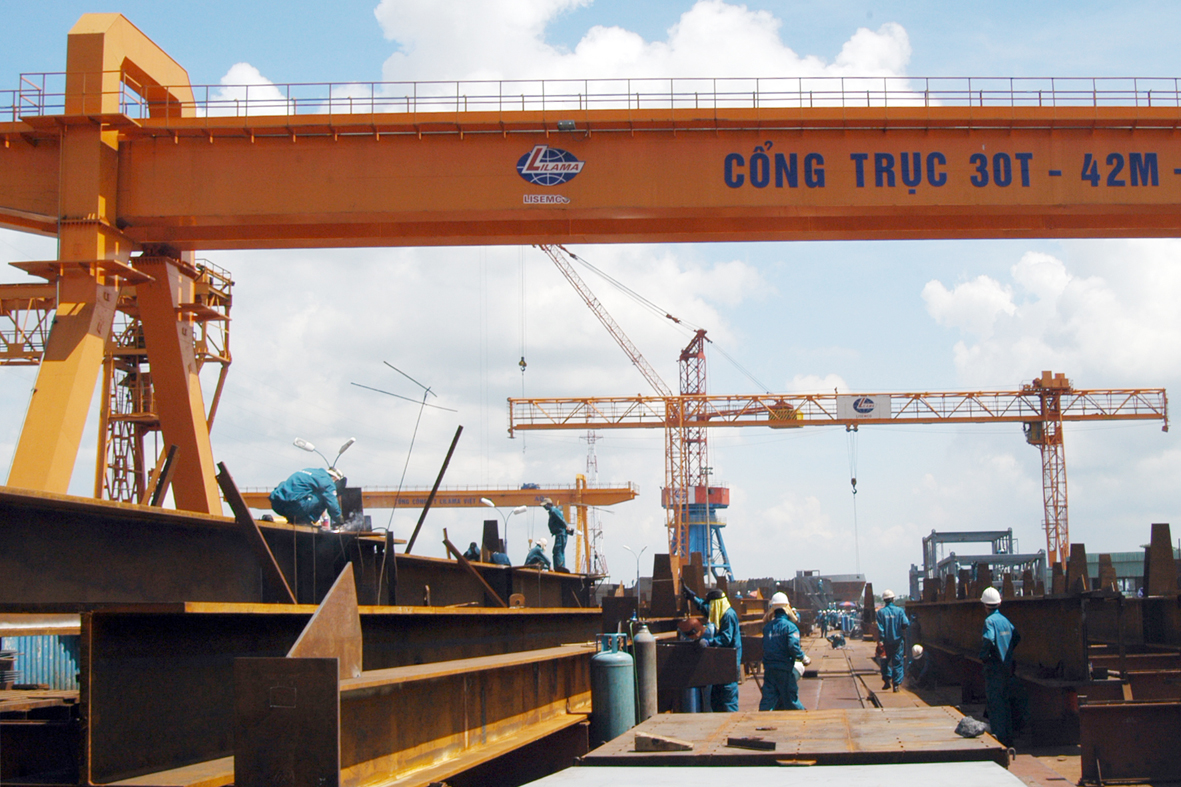
In the 1960s of previous century when our country was in wartime, there were many difficulties and hardships, but with lots of help from brother countries, we also built some large industrial bases and formed "principal engines", symbols of heavy industry once. However, time went by and these “chief birds” were gradually exhausted, then collapsed in the market economy …
Echo of the past
In 1958, Hanoi Mechanical Factory - “chief bird” of Vietnam mechanical branch came out into society in the context of first days forming a young industry with dear names which went into memory of various generations such as: Hanoi Mechanical Factory, Tool Manufacturing Factory No.1 and so on. At that time, Hanoi Mechanical Factory had the biggest size in Northern Vietnam and ranked the large scale one within Southest Asia. Also at the same time, our State improved and expanded a number of old mechanical repairing bases into manufacturing workshops: Tran Hung Dao manufacturing workshop, Gia Lam manufacturing workshop, Duyen Hai manufacturing workshop etc. and their machines achieved the accuracy of level 3.
We found and met “gear king” Ta Quang Minh, former Technical Vice Director of Hanoi Mechanical Factory, one of the few leading engineers manufacturing gears in Vietnam in 1960s - 1970s of previous century. Mr Minh let us know that on the days our national economy was facing many difficulties, Hanoi Mechanical Factory was always the main force in field of manufacturing tool machines, heavy industrial machines of Vietnam. They produced and supplied the market with ten thousands of tool machines, hundred thousands of tons of all kind equipment as well as machineries for power industry, cement, sugar branches, steel laminating industry, etc., considerably contributing to the cause of developing industrial branches of our country. In the 1965s, our mechanical branch was able to manufacture tool machines achieving accuracy of level 2, whole equipment for some light industrial branches; the mechanical manufacture made up 80% and mechanical repairment made up 20%. How proud they were when tool machine lines of all types such as lathes, milling machines, boring machines, drilling machines ... were sealed with mark "made in Hanoi Mechanical Factory”.
In 1965, in Bach Dang Shipbuilding Factory (Hai Phong), the first ship of 1,000 tons named “20-7” (the General Election Day of national unity under Genever Treaty) was built successfully. According to some experts' considerations, from building and repairing small ships and river ferry-boats only, the successful manufacture of steam-engine ship of 620 horsepower to travel on sea at that time although having lots of restrictions in technological progress contributed importantly to lay foundation for training & building up a shipbuilding force and developing related branches such as design, shipping register, insurance, maritime transport and so on.
The development milestone of metallurgy was marked by a very important event: under Decree 214-TTg of Prime Minister dated 4-6-1959, Steering Committee of Thai Nguyen cast iron & steel site was set up to deploy the construction of the biggest cast iron & steel industrial zone in our country with capacity of 200 thousand tons a year, 100 thousand tons annually for the first stage. After three years, on 29-11-1963, the first batch of cast iron of the plant came out of oven, bringing Thai Nguyen to become “cradle” of metallurgy branch of the entire country. This was the first industrial zone in Vietnam having self-contained conjugate production line ranging from iron exploitation to cast iron refinery, steel refinery and steel lamination. In the aspect of a basis and most important industrial branch, steel products were defined as a source supplying indispensable input materials to industries, construction and national defence, impulsing the development of other branches.
Gradually losing trade names
Steel branch is considered as a main and most important industrial one in an economy. To attain the goal of bringing our country to become a modern industrial nation, steel branch plays a very important role. In 1995, Vietnam Steel Corporation (VnSteel) was established with the ambition that it would become a Posco (a big steel corporation in Korea) of Vietnam among which Thai Nguyen cast iron & steel company (Tisco) was regarded as “steel fist” of VnSteel. Enjoying lots of favourable policies but Vietnamese steel branch, especially VnSteel developed deviatorily and lacked line of vision and long-term strategy. In mid 2009, Thai Trung steel laminating JSC spent more than VND 1,300 billion to build a steel laminating factory with capacity of 500 thousand tons yearly in Thai Nguyen Cast iron & Steel Combination and it belonged to Tisco overall improvement and expansion project - phase 2. At that time, this was the biggest steel lamination project in Vietnam, however, its products were just normal construction steels.
In the context of gloomy market, imported steels with low price from China came violently, the perspective of unmarketable domestic steel products was predicted. In 2014, after several months being put into operation, the plant only produced about 100 tons of laminated steels (equivalent to 20% of its capacity), their loss up to now is nearly VND100 billion. Thai Trung is just a typical example of various steel enterprises who have big debts in their furnaces.
The insufficiency of mechanical branch is lack of synchrony in state management and there is no effective coordination with other industrial branches. VAMI Chairman Nguyen Van Thu has an analysis that industrial branches are output of product for mechanics. The story about sugar and cement plants is a typical example. The State has given many preferences to develop this programme, however there were hundreds and tens of factories using backward technology since 1960s of previous century and surely production was ineffective. Whereas, domestic mechanics with its current capability who was quite possible to undertake manufacture and installation of these plants was allowed to participate in some projects then stopped and continued the refrain "sub-contractor" for others.
In recent May, Standing Committee of the Government organized a meeting regarding the project of Tisco-phase 2. After the meeting, Prime Minister Nguyen Xuan Phuc guided Ministry of Industry and Trade to establish a team, hire consultants to evaluate the overall project and bring out 03 solutions: selling the project, selling Tisco or appealing to enterprises to contribute investment capital. In mid June, Vice Prime Minister Vuong Dinh Hue agreed the principles to allow Ministry of Industry and Trade to choose consultation contractor to appraise the project under the form of designation. (Source: Government)
The most insufficiency of mechanical branch is lack of synchrony in state management and there is no effective coordination with other industrial branches. The story about sugar and cement plants is typical examples. The State has given many preferences to develop these programmes, however there were still hundreds and tens of factories using backward technology since 1960s of previous century and surely production was ineffective. Whereas, domestic mechanics with its current capability who was quite possible to undertake manufacture and installation of these plants was allowed to participate in some projects then stopped and continued the refrain "sub-contractor" for others. If there was mechanism to coordinate closely between industrial branches and mechanics, each field should have three main important mechanical projects and above to assign domestic enterprises to perform, we will surely form a mechanical branch specializing in various industrial fields. (Nguyen Van Thu, VAMI Chairman).
Xuan Thuy - People Newspaper



